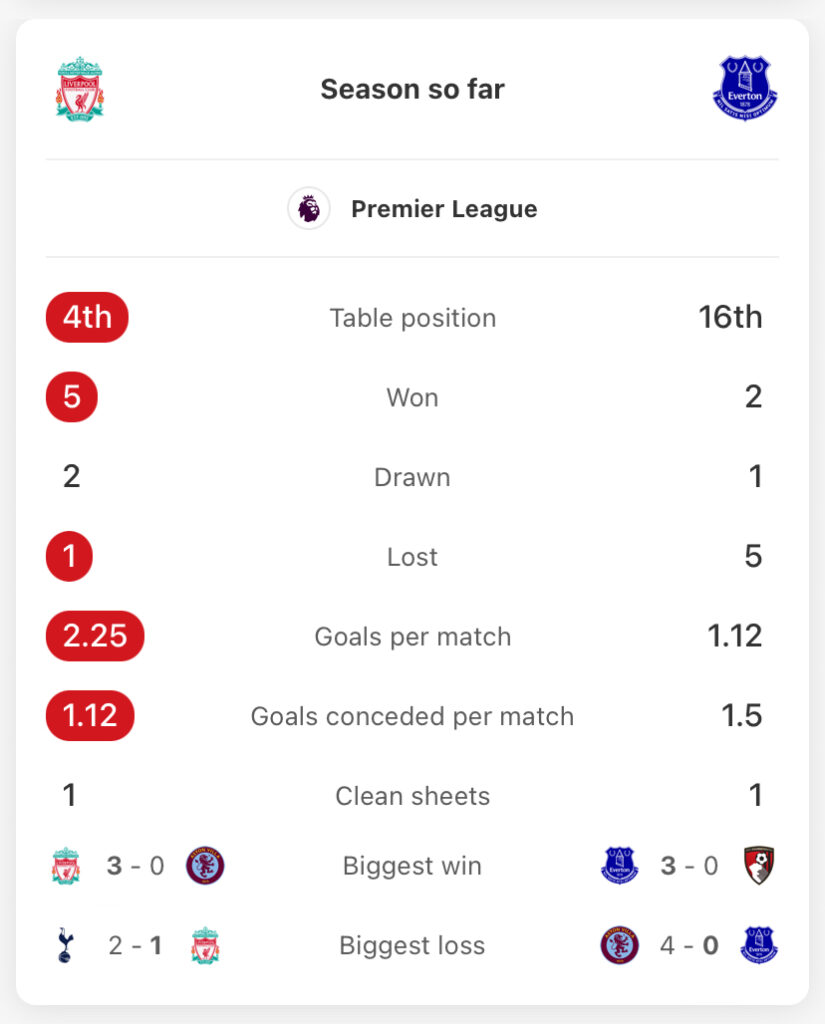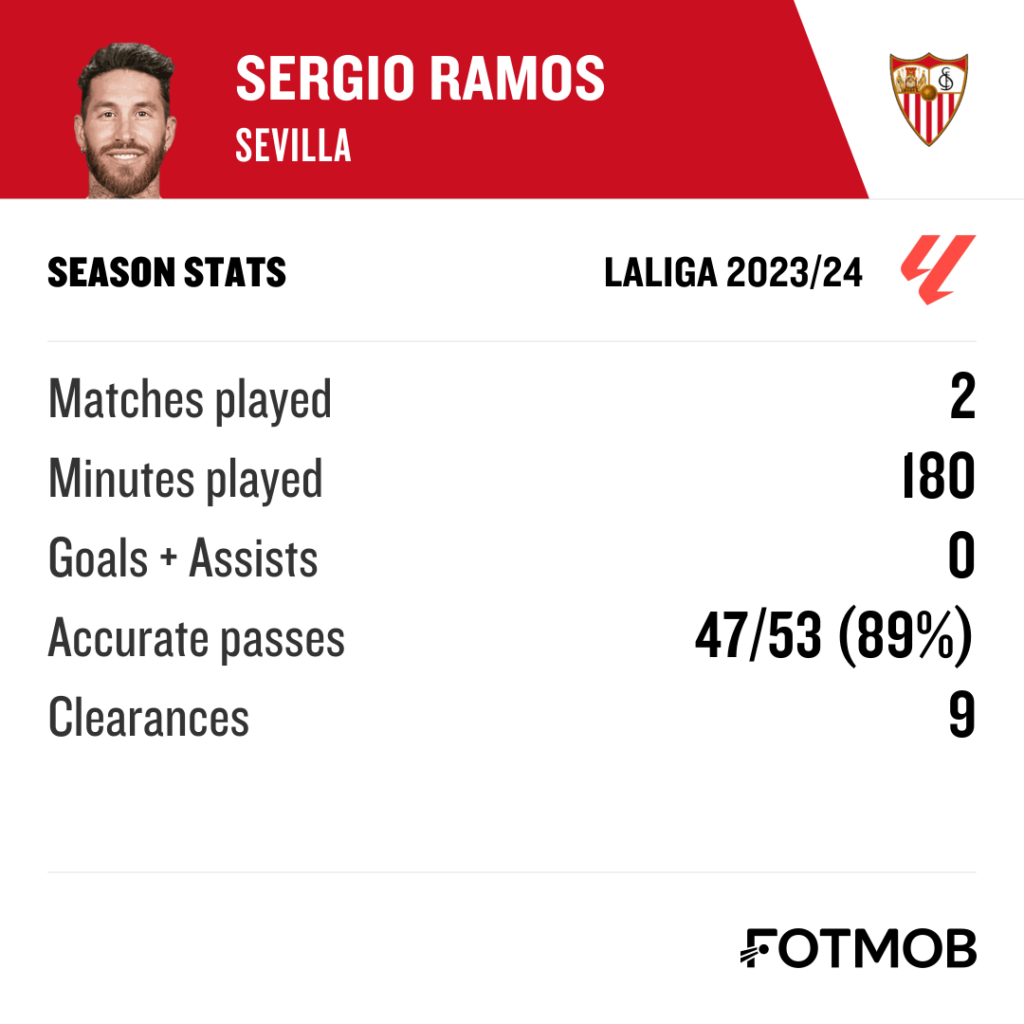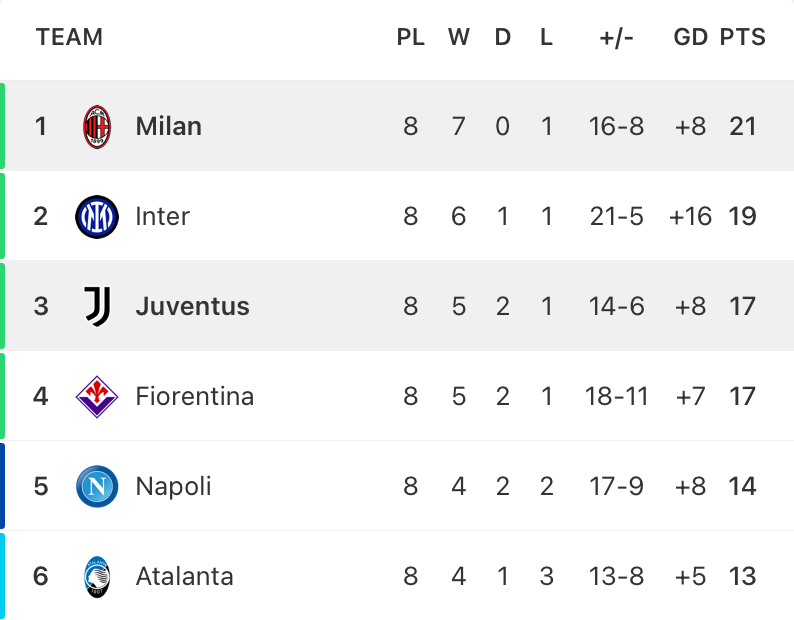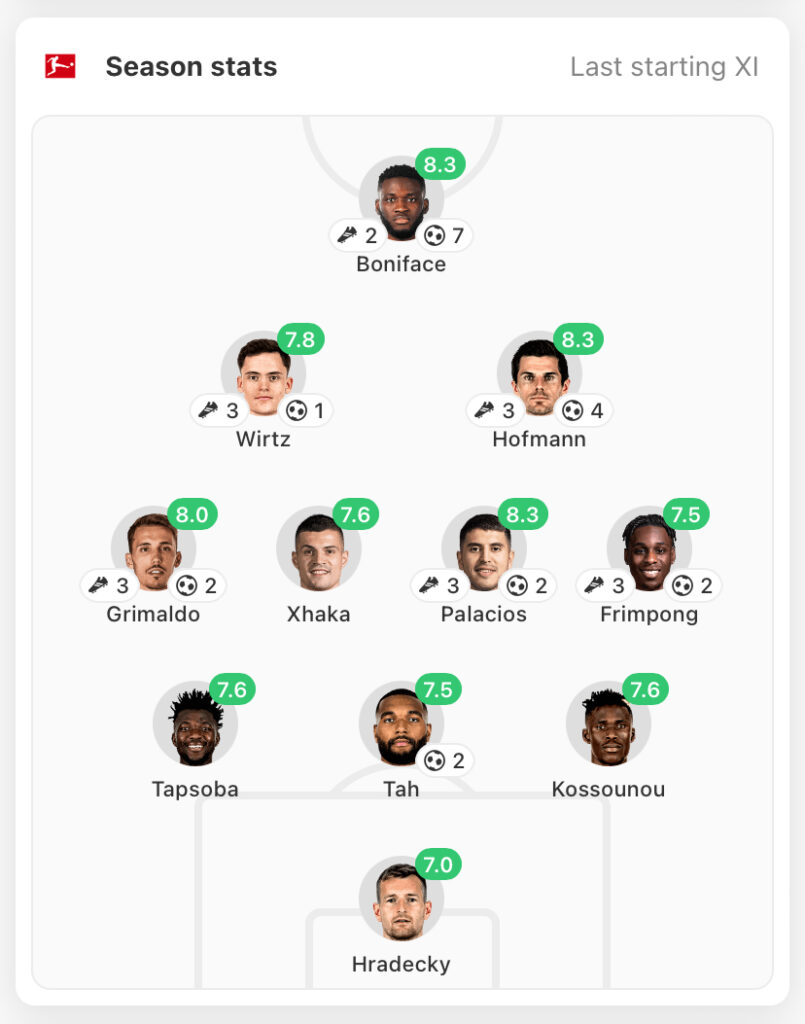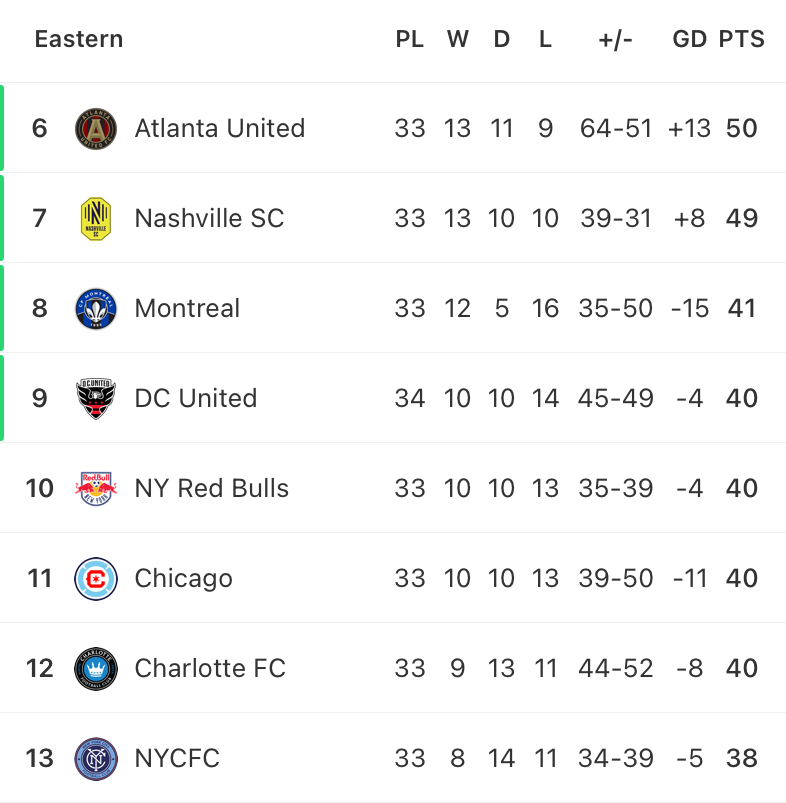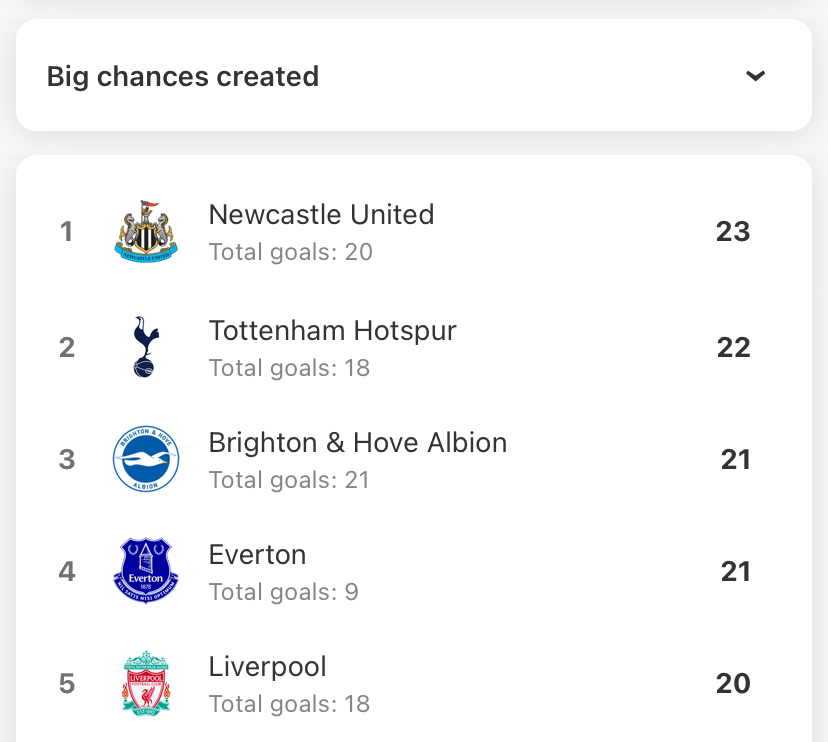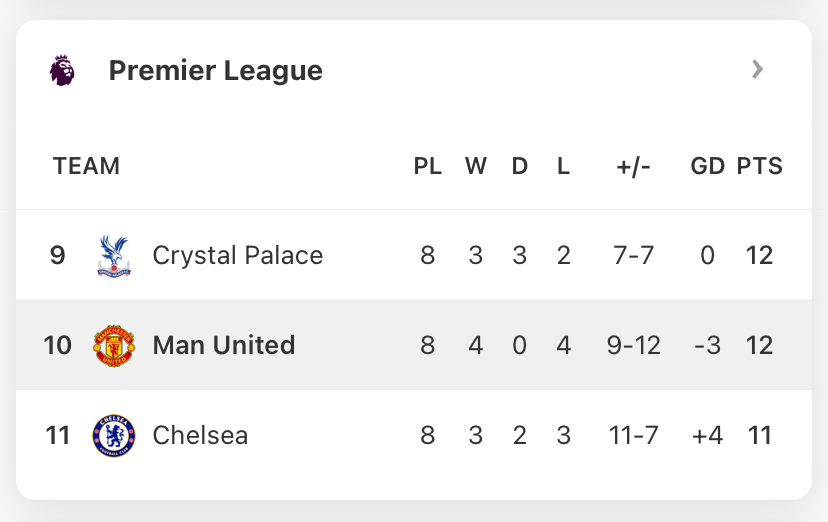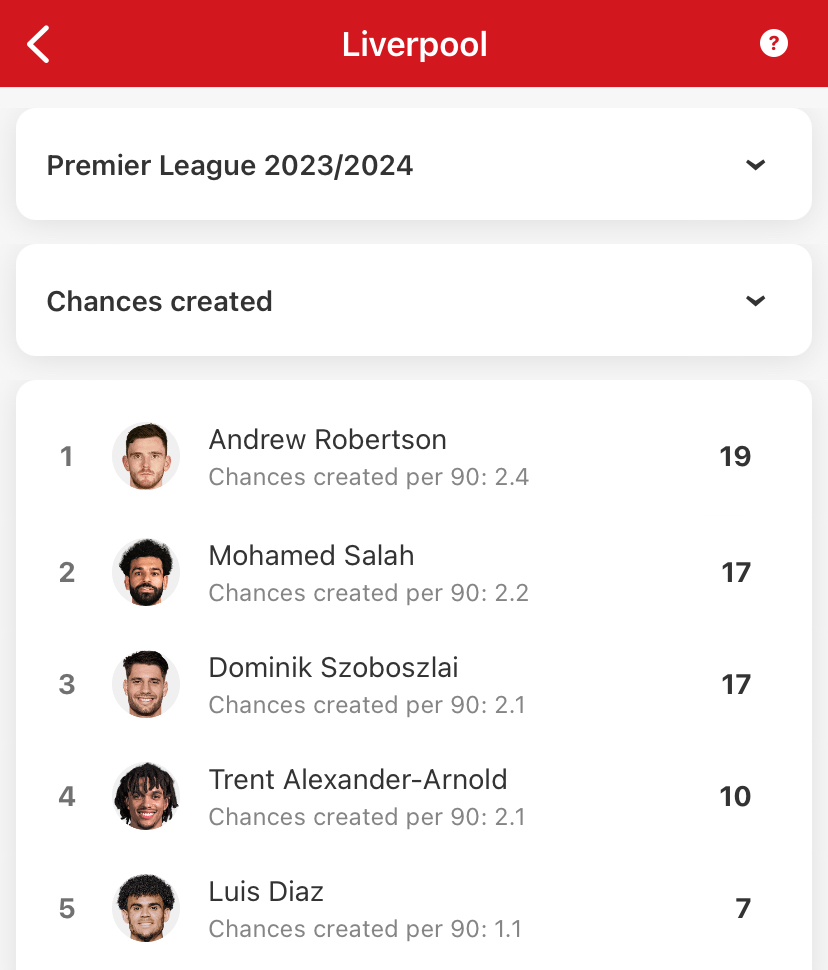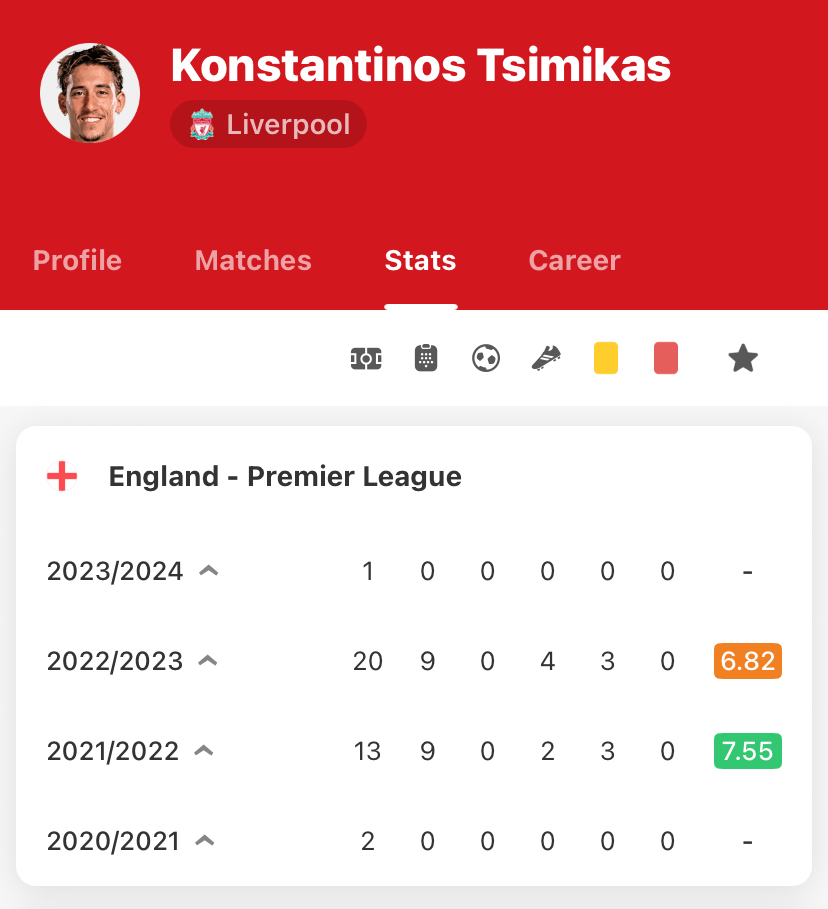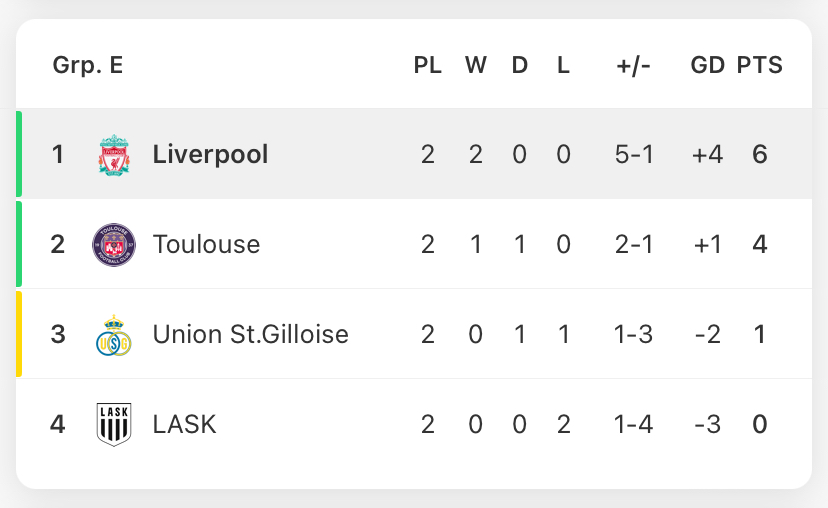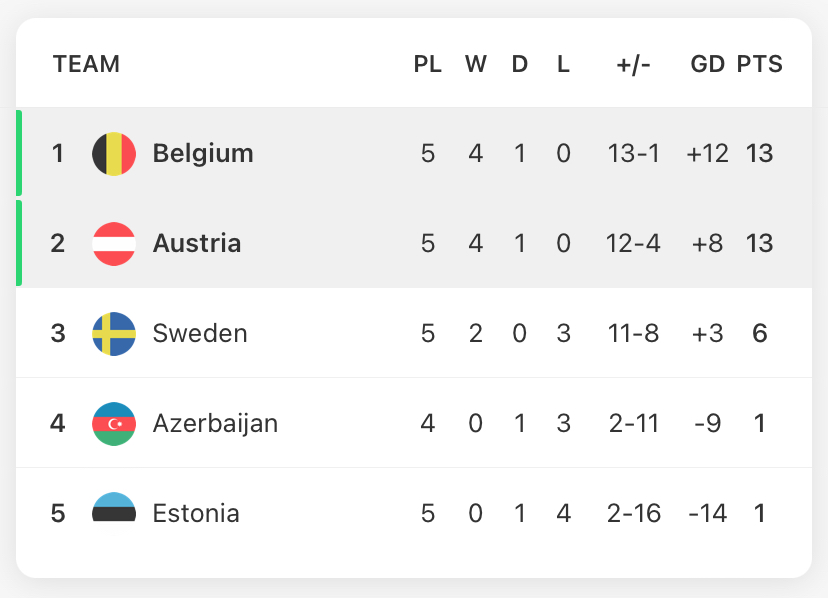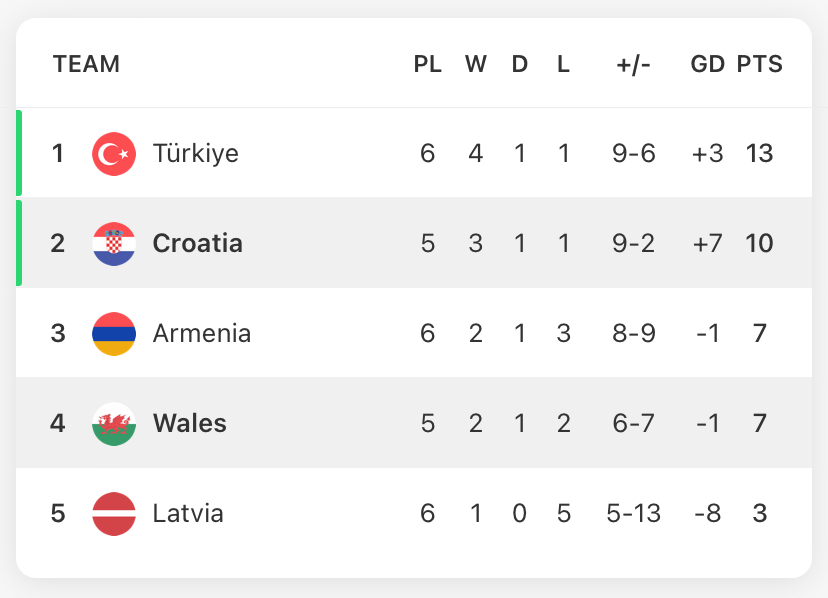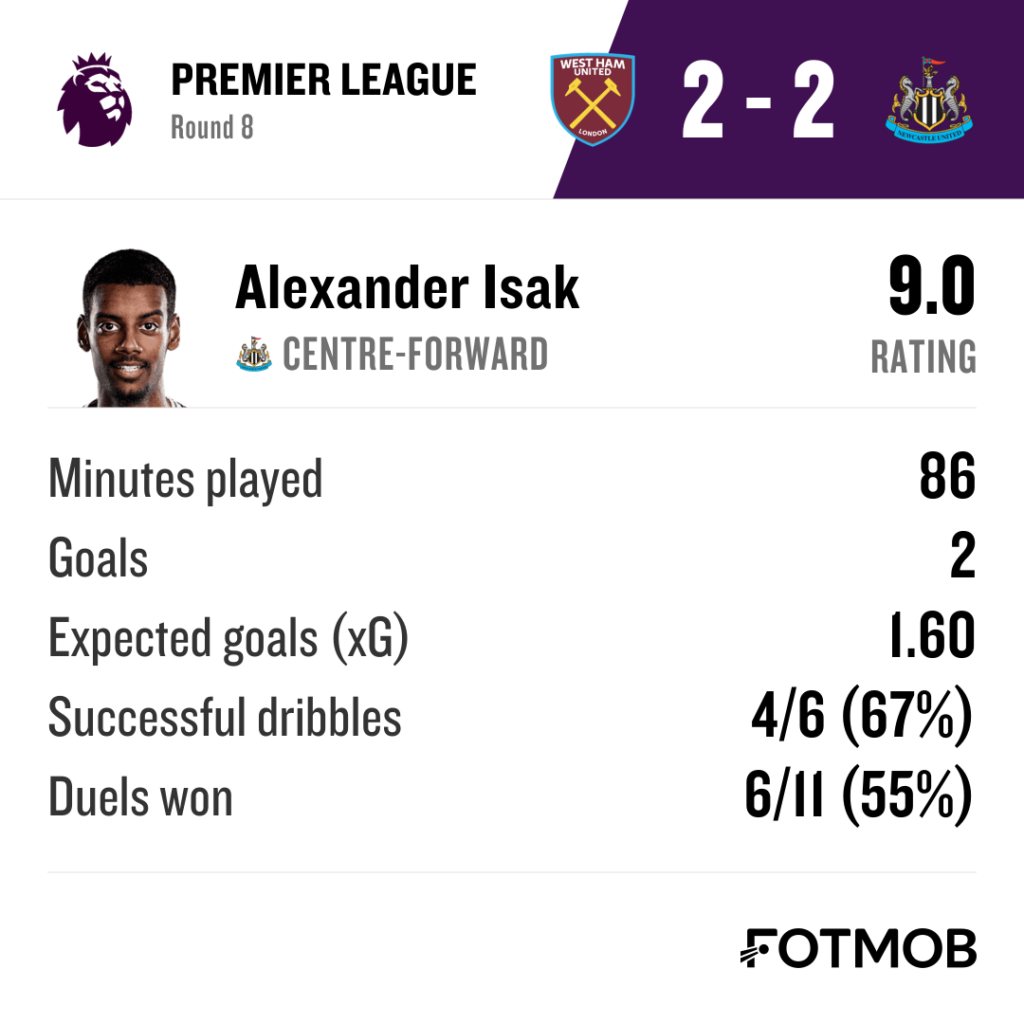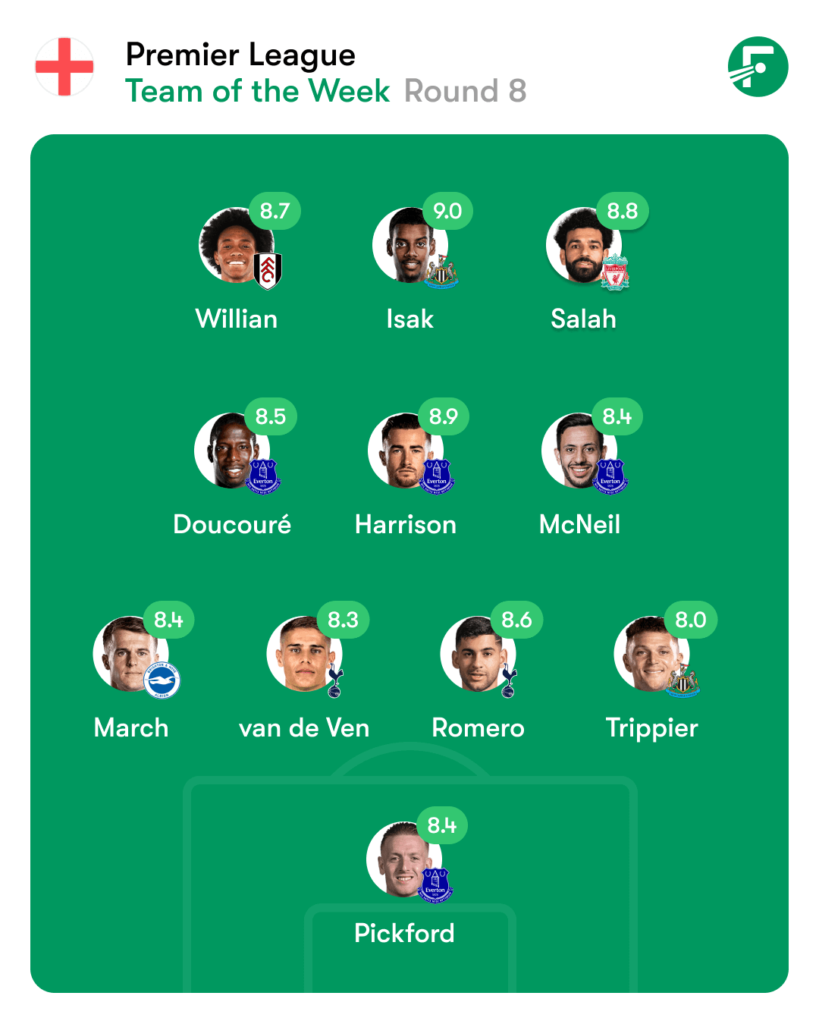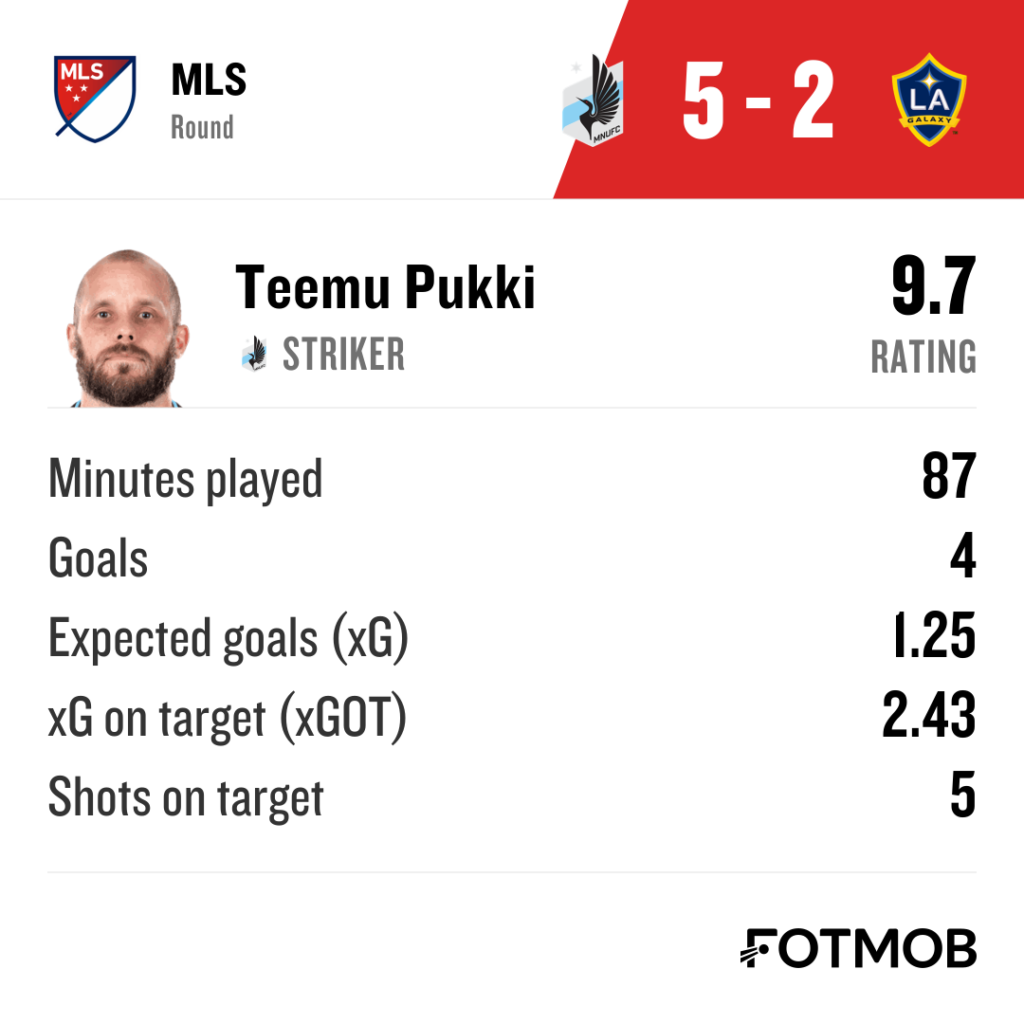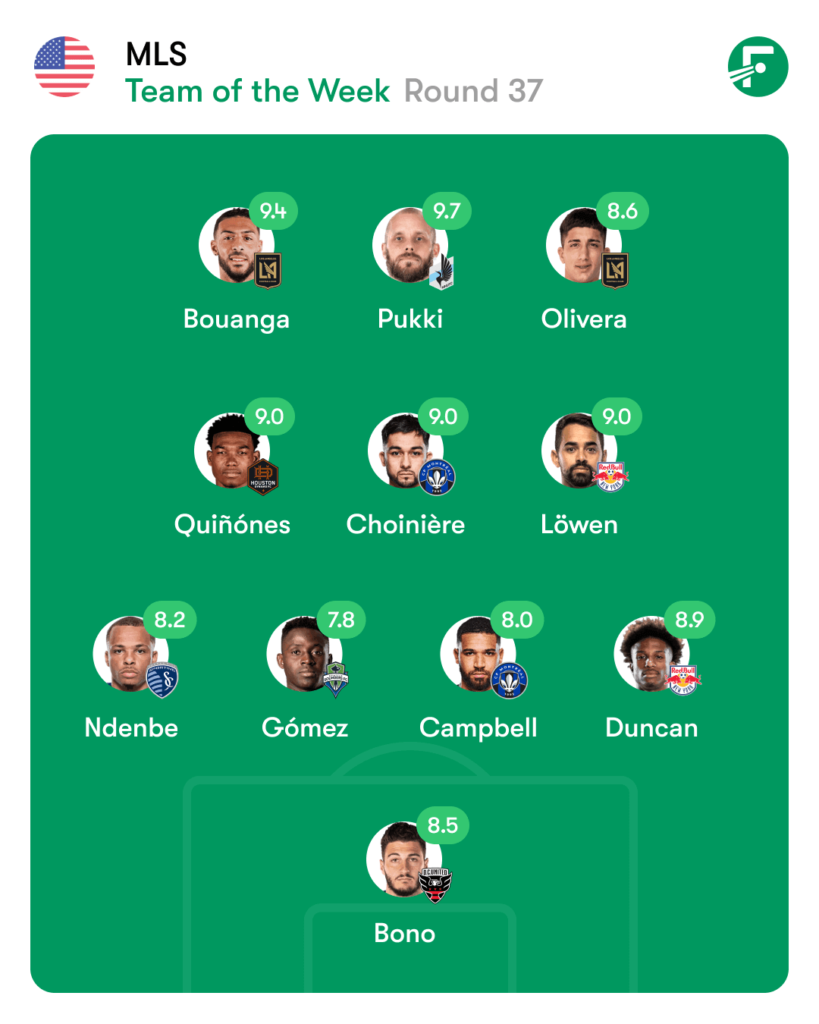All eyes are now on the playoffs as Major League Soccer’s regular season came to an end this weekend and the postseason fate of several clubs was decided on Decision Day.
There were spots in this week’s wildcard round up for grabs as clubs get one last chance to extend their seasons and make a push for the MLS Cup.
A best-of-three first round follows next weekend before the playoffs go to a single-game knockout format for the conference semifinals, conference finals, and then the MLS Cup final itself.
As teams looked to join the postseason party, there were some important individual performances on the final matchday of the season, starting with a captain’s knock in Kansas.
By James Nalton, MLS expert
Johnny Russell 9.1 (Sporting Kansas City)
Sporting KC secured a place in the wildcard round of the post-season thanks to a 3-1 win against Minnesota United.
This ended up being a winner-take-all matchup. Whoever got the three points would qualify.
Russell, the Sporting KC captain, netted a brace to make sure it was his team whose season continues at least into the next week.
His first was an excellent strike cutting in from the right onto his left foot and firing into the far corner.
The second was an example of never giving up. Having just been felled in the box for what looked like a decent penalty shout, he got back up, ended up winning the ball in the Minnesota area, and finished under goalkeeper Dayne St. Clair.
The Scot was in inspired form to send his side into the postseason.
Griffin Dorsey 9.1 (Houston Dynamo)
Two goals in a 3-1 win at Portland Timbers means Houston’s attacking right-back, Dorsey, now has five goal contributions in his last five starts.
One of those was the opener in the Dynamo’s memorable US Open Cup win against Inter Miami last month, and he’s continued his good form with an assist and two goals in the last two MLS games.
The goals against Portland marked his first-ever brace. The first was from a header off a Héctor Herrera corner, and the second was almost a replica of his Open Cup final goal, powering a shot in from an angle after making an overlapping run down the right.
The win gave Houston home advantage in the upcoming playoffs, where it will face Real Salt Lake in the round one, best-of-three series.
Gustavo Bou 9.1 (New England Revolution)
For a while in 2023, it looked like New England might challenge FC Cincinnati at the top of the table, or at least finish a comfortable second.
But a run of poor results towards the end of the campaign saw the Revolution drop down the table to 5th, so won’t even have home advantage in the first round of the playoffs.
The team ended the season on a high, though, and with promise, defeating upcoming playoff opponent Philadelphia Union thanks to two goals from Gustavo Bou.
As well as Bou, and despite being overshadowed by a few others this season, New England’s Carles Gil remains one of the best players in the league and is able to turn a game on his own.
Gil finished the season with the highest average FotMob rating in the league. If he and Bou can reach top form together, then New England will be a threat in the playoffs.
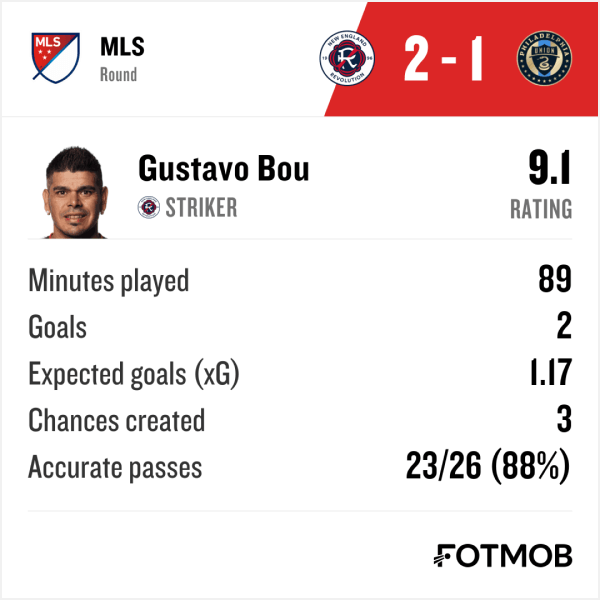
Bernard Kamungo 8.9 (FC Dallas)
The 21-year-old is the most prolific goalscorer in MLS in terms of goals scored per 90 minutes (1.08) in 2023.
He’s only played around 500 minutes this season, but FC Dallas will certainly be looking to give him more minutes from now on such is his goalscoring record.
Kamungo’s native Tanzania and his adopted country the United States both want him to represent them at international level, and this latest brace will make each nation even more determined to get their man.
He was cool in front of goal for his first of the night as Dallas defeated an LA Galaxy side who had nothing left to play for this season.
Kamungo’s second goal was a case of making a determined run at the right time, being on hand to head in Jesus Ferreira’s cross.
The win meant Dallas goes straight to round one, rather than having to go through a wildcard round, where it will face Seattle Sounders in a best-of-three.
Giorgos Giakoumakis 8.8 (Atlanta United)
Atlanta’s Greek striker has been one of the best new signings in the league this season and continued his goalscoring feats in a 2-2 draw against Supporters’ Shield winners FC Cincinnati.
Two goals on this final weekend of games weren’t enough for Giakoumakis to claim the Gold Boot award, which went to Denis Bouanga of Los Angeles FC, but it was still an impressive debut season for the striker who netted 17 goals.
He has one of the best goals per 90 records in the league for players who have played a considerable number of minutes.
His brace this weekend showed all the instincts and clever movement that have seen him be such a success on arriving in the league, and might give Atlanta a chance of success in the playoffs where it faces Columbus Crew.
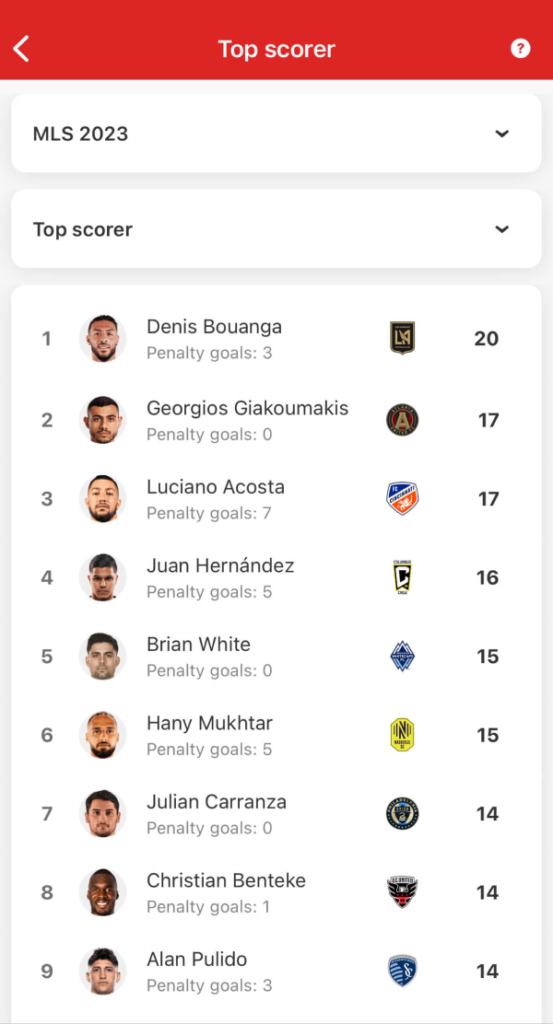
(Cover image from IMAGO)
You can follow every match from the 2023 MLS season live with FotMob — featuring deep stats coverage including shot maps, xG, and player ratings. Download the free app here.





